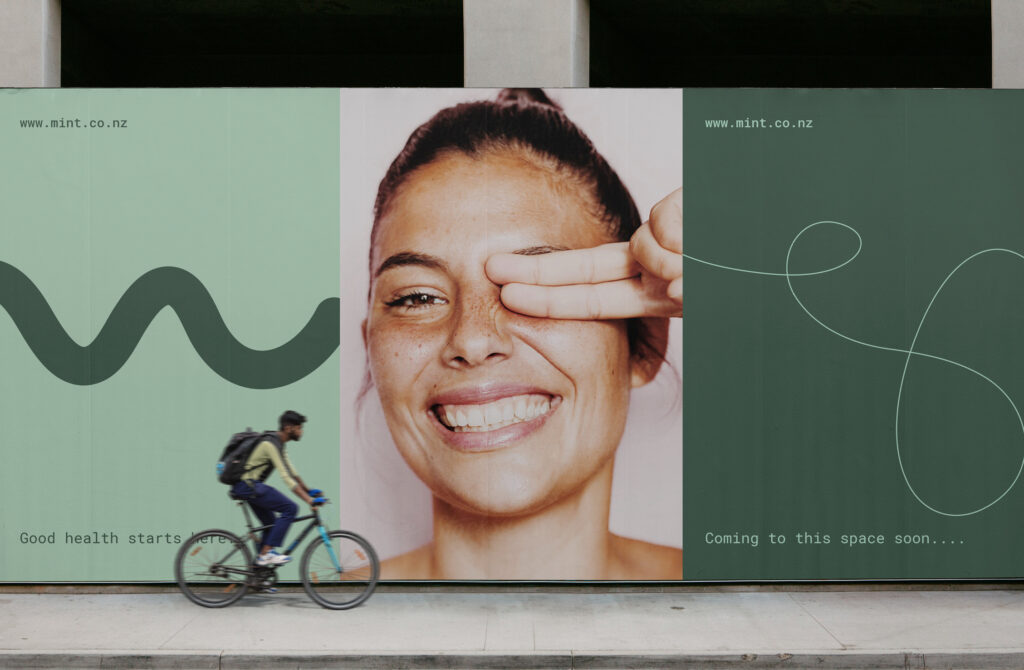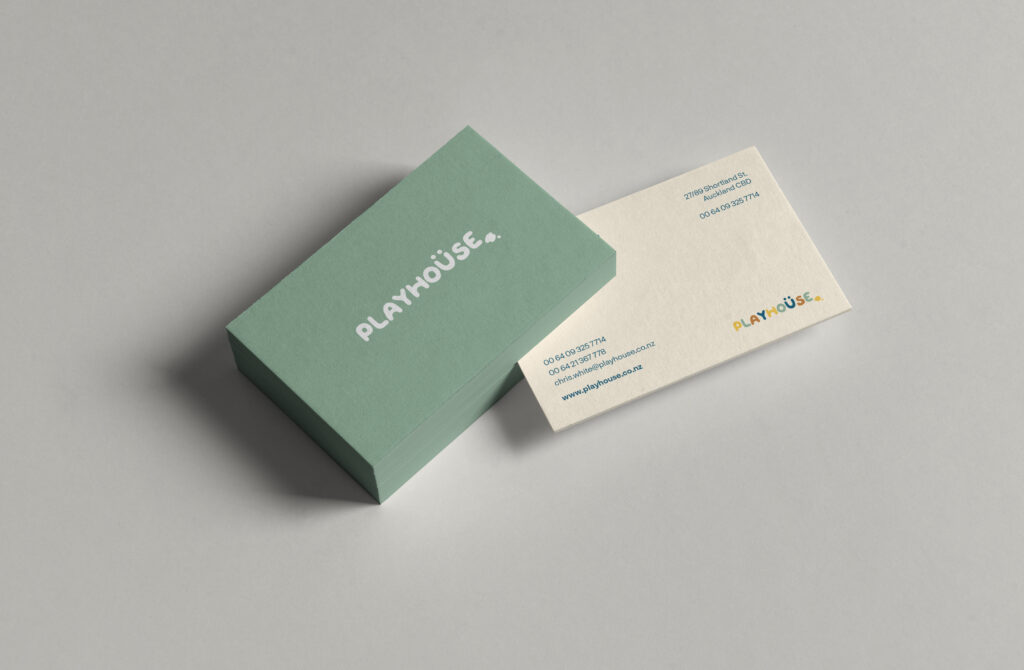Insight – 03/02/2023
Graphic design is a craft where professionals create visual content to communicate and share a brand’s message. The idea behind creating good graphic design is to inspire, inform and captive consumers through various digital and print mediums forms, and effectively communicate an idea.
Graphic design strategy is a marketing concept that expresses the brand identity of your business and examines the relationships between how the visual brand identity and the business objective may complement each other. The agenda of creating a graphic design strategy is to understand and merge the company vision with creative visual solutions that move beyond just creativity.

Why graphic design is important for any business
While a picture may be worth a thousand words, graphic design can be worth thousands of dollars in any business. Graphic design is more than just aesthetics — it’s a form of conversation between your business and your audience. Companies use graphics in every stage of the marketing funnel to inform, engage, and eventually persuade prospective customers to make a purchase or take a desired action. A flyer design can inform local audiences about an upcoming workshop. An attractive email series can upsell new services to current customers. A well-crafted landing page can effectively announce your new product release.

Here are some ways to improve your graphic design strategy
1. Create a strong brand identity
Great brand identity doesn’t happen overnight, you need to approach your design strategically to build an identity that truly reflects your brand — and can support you as you grow. This requires deep thinking, a team with strong communication and design skills, and an intimate understanding of who you are, what you do, and how you want to present your brand to the world.
A brand identity is made up of what your brand says, what your values are, how you communicate your product, and what you want people to feel when they interact with your company. Essentially, your brand identity is the personality of your business and a promise to your customers.
2. Market Positioning
Market Positioning refers to the ability to influence consumer perception regarding a brand or product relative to competitors. Market positioning combined with your business’s core values makes up the base of your branding. Your branding is your reputation with your customers and your marketing position heavily influences this. Our brains process visual content faster and more efficiently than written content, which is why having good visual marketing materials work in your business’ favor. They allow your message, your reputation, and your market position to resonate with your customers.
3. Research the market
Every good strategy requires a lot of research. While it is always nice to be at the cutting edge of your industry, understanding what already works for your competitors can be a great starting point. In the research phase of your Graphic design strategy, find out:
- Who is your target audience
- What is working for the competition
- Design concepts you want to avoid
- Color psychology (how colours affect mood and emotions) compared to your goals
- You need to know who and what the design is for. This will help you determine things like your colour palette and the kind of design style you want to use.
4. Success Measurements
Part of this could be to ask yourself and your team the following questions:
- Did your design solve a problem?
- Is this design stronger than the previous one?
- Did we improve our customer interaction with our brand?
- Does the design align with our brand?
The ability to answer “yes” to any of these questions should be seen as adding value to your brand. If the answer is no, try to evaluate which changes need to be made to your design to make it stronger. Using customer feedback to measure the success of your design could be in the form of the net promoter score, surveys and social media monitoring.

